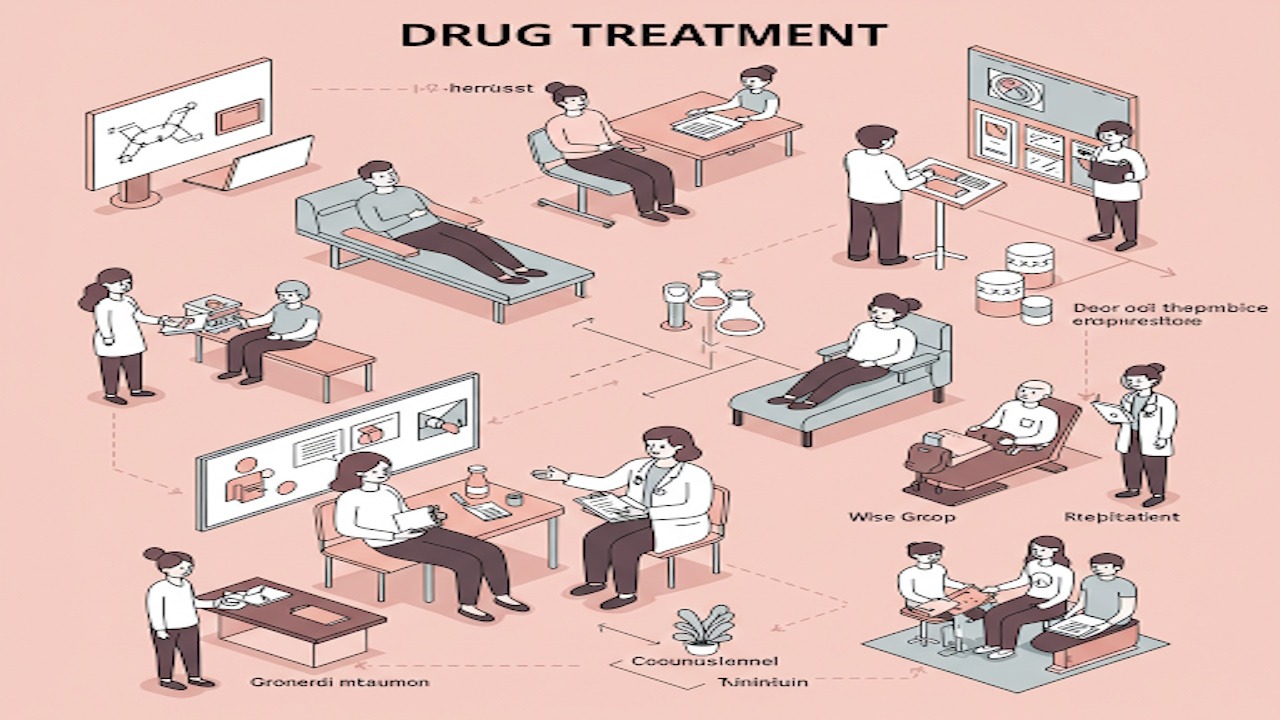
Understanding Immune-Related Bone Diseases
Immune-related bone diseases, such as rheumatoid arthritis and multiple sclerosis, present significant challenges in treatment and management. These diseases result from complex interactions between genetic, environmental, and immunological factors. For many individuals affected by these conditions, traditional treatments can often lead to limited relief or undesirable side effects. This underscores the urgent need for innovative approaches that can lead to more effective therapies and improved patient outcomes.
Multi-Omics Analysis: A New Frontier in Treatment
Recent research indicates that utilizing a multi-omics approach can significantly enhance our understanding of the pathogenesis of immune-related bone diseases. By integrating data from various omics technologies, such as genomics, proteomics, and transcriptomics, researchers can identify new therapeutic targets more accurately. The study in question employed methods like Mendelian randomization (MR) and Phenome-wide association studies (PheWAS), demonstrating a sophisticated strategy to uncover the genetic associations connected to these diseases.
Key Findings from Multi-Omics Joint Analysis
Utilizing advanced analytical techniques, researchers discovered several notable associations. For example, rheumatoid arthritis was significantly linked to the protein HDGF, with further associations identified for CCL19 and TNFRSF14. These findings highlight the potential of specific plasma proteins as focal points for future drug development. Additionally, associations were found between BTN1A1 and EVI5 with multiple sclerosis, emphasizing the importance of these proteins in the disease's pathophysiology.
Exploring New Therapeutic Targets
The integration of multiple analytical approaches not only confirmed existing knowledge but also paved the way for novel insights. For instance, the MR analysis for rheumatoid arthritis provided a compelling link to HDGF, which had previously been overlooked in the context of treatment targets. This indicates a need for renewed focus on specific markers in developing therapies, improving both efficacy and safety profiles for patients.
Future Predictions: A Shift in Treatment Paradigms
As advancements in biotechnology continue, the discovery of new treatment targets could revolutionize how immune-related bone diseases are managed. Future therapies may increasingly rely on personalized medicine, adapting treatments based on an individual's unique genetic makeup. This approach not only promises higher success rates but also aims to minimize the trial-and-error method traditionally employed in treatment.
Conclusion: Towards Effective Management Strategies
Emerging research in the field of multi-omics joint analysis holds great promise for identifying new therapeutic interventions for immune-related bone diseases. As the scientific community embraces these innovative approaches, it may soon become possible to tailor treatments that more effectively address the nuances of these complex diseases. For individuals suffering from conditions like rheumatoid arthritis or multiple sclerosis, these advancements signal hope for improved health outcomes in the near future.
With ongoing research, there lies an opportunity for patients to benefit from therapies that are not only more effective but also safer. The journey in developing these novel treatments is just beginning, and continuous support for research initiatives is essential. The promise of groundbreaking treatment options makes it pivotal for stakeholders in healthcare to stay informed and engaged with these developments.
 Add Row
Add Row  Add
Add 




Write A Comment